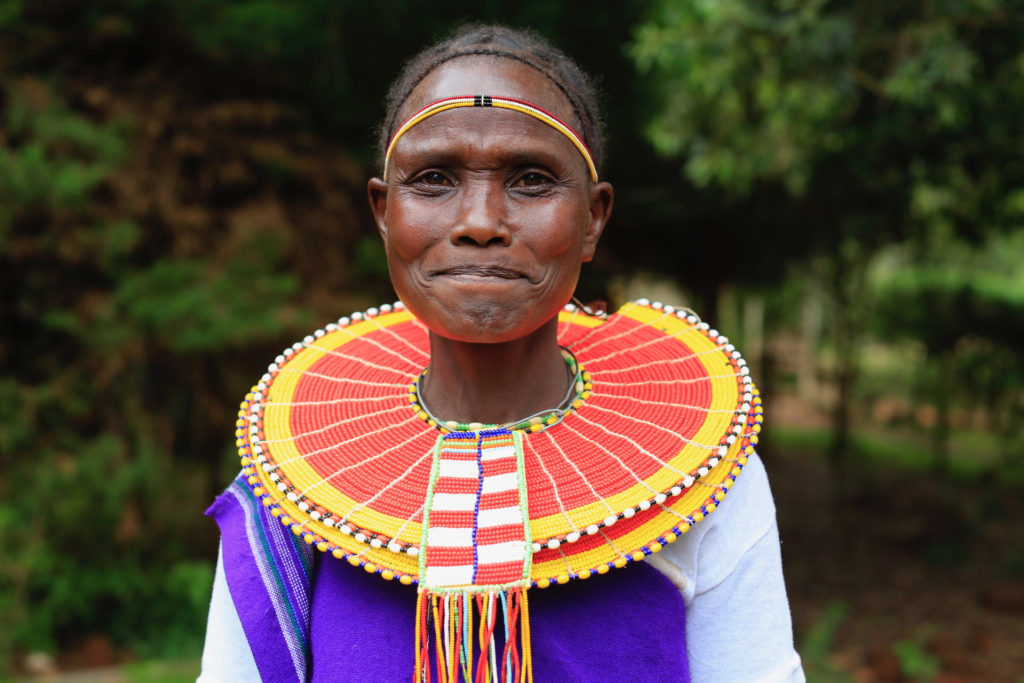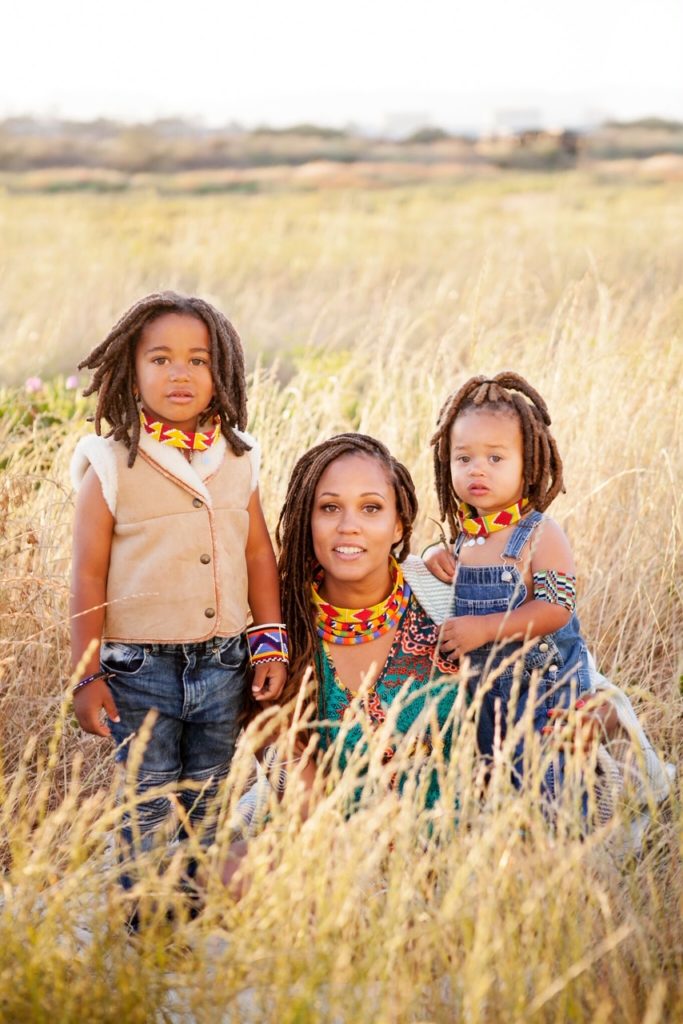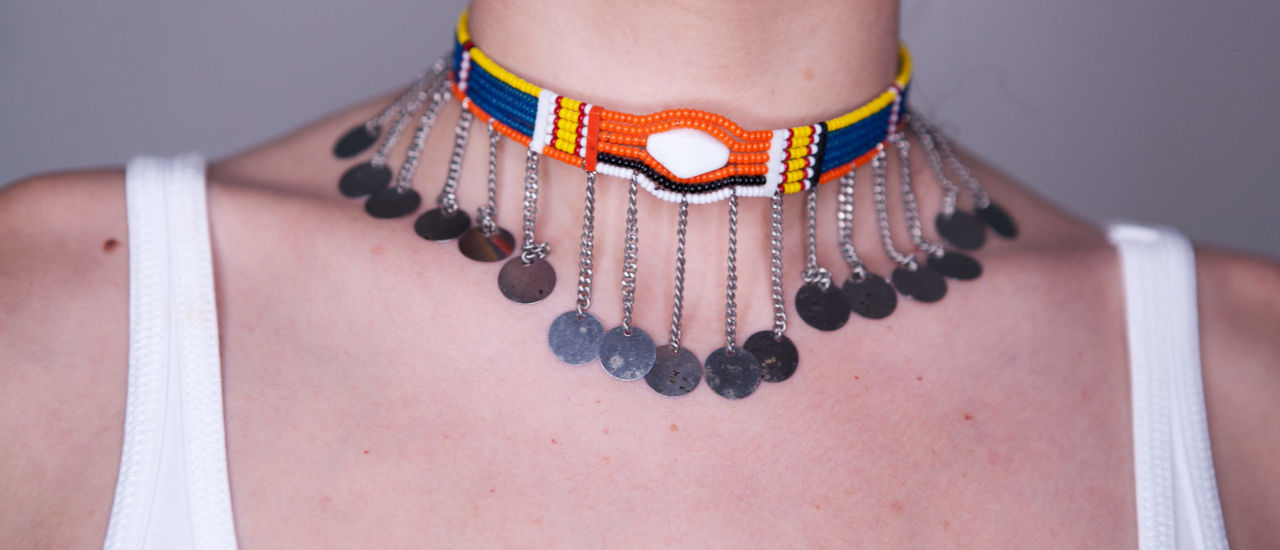It’s no secret that I am completely in love with the country of Kenya. The people, the land, the community…they’re all so warm and inviting. It’s why I fight diligently to protect young girls there from the atrocities of FGM. It’s also why I find it important to keep a part of the culture with me. One way I do so is with my growing collection of Kenyan jewelry. Each piece incorporates so much intentionality, and I want to cherish and share that whenever I can.

Cultural insight
During my visit to Kenya, I met members of the Maasai tribe. They’re a semi-nomadic people who live primarily in southern Kenya and northern Tanzania. Through conversations with them, and my own research since, I learned the importance of family and tradition shown in the elaborate Kenyan jewelry. Each piece tells a story of family, accomplishment, and cultural values of the wearer.
Maasai men and women wear the beaded jewelry. However, it is the duty of all Maasai women in the village to learn to make it. Each woman weaves into the jewelry statements that define her individual story or journey. Various facets tell much about the people wearing them. They show how many children women have (and gender) and even their economic status. The Maasai use some jewelry for specific ceremonies or rituals, such as weddings. The necklaces may also give insight into a woman’s village and design. The various geometric patterns represent different elements, especially when they’re made for visitors outside the village. Regardless, the cultural preservation makes these pieces such timeless, treasured heirlooms.

Colorful symbolism
Not only is Kenyan jewelry culturally relevant, but it is also BEAUTIFUL! I’m amazed at the intricate color patterns I see in the beaded Maasai bracelets and necklaces. I embraced my intrigue and decided to learn more when I realized the colors were selected with care, and they each hold a unique symbolism.
Red beads aren’t only chosen because they’re pretty, but because they may embody notions of bravery. Red symbolizes the unity of the tribal families and communities. It could also serve to represent the blood of cows slaughtered during celebrations, which ties back in with togetherness and communal harmony. The cows also represent the color white in Kenyan jewelry. Milk from cows is a staple in the Maasai diet, and it helps to nourish and strengthen members of the tribe. And, while white beads directly signify good health, they also promote notions of peace and purity.
Blue beads take the sky into account, which is important because it helps to nourish cattle by providing rainfall for the grass and earth. Other colors include green, which symbolizes the land and earth that provide food for the cows, and black, which embodies the color, solidarity, and harmony of the people. Colors like orange and yellow both reflect hospitality, as they are shades of the colors of gourds typically used to serve visitors cow’s milk. All of these colors mesh to make a poignant statement of love, respect, and appreciation for life and family. I love that.
Make a statement
When I wear my Kenyan jewelry, I hope to make more than a fashion statement. What I hope resonates is my connection to humanity and my desire to preserve all its goodness. The Maasai tribe does a tremendous job of that with their jewelry.





replies (0)